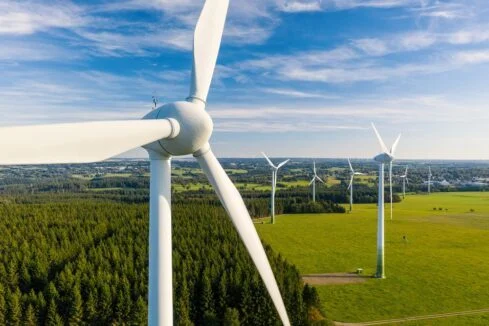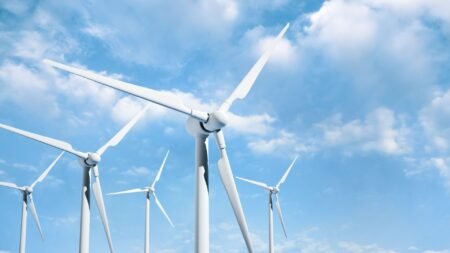The total capital value of wind farms worldwide has reached approximately £1.9 trillion*, according to new study from global specialty (re)insurance group Chaucer. The transition from coal and oil-based energy generation to low carbon energy sources such as wind and solar farms has required an unprecedented level of investment in infrastructure. Chaucer says that with...
3 Mins Read
Total capital value of wind farms worldwide reaches £1.9tn
WoREA
Welcome to WoREA! You are in the right place to learn about all things renewable energy. We would like to take this opportunity to firstly wish you well, congratulate you for being here, but above all else, thank you personally for your interest in renewable energy - we like you! Please feel free to submit your content and/or reach out directly. We are always interested in learning more about our members and the markets in which you work.
You Might Also Like..
Add A Comment
We love our members. And they love us.

Join our Mailing List or Become a Member FREE
Don’t miss our future updates! Subscribe to our award winning e-Newsletters.
© 2024 World of Renewables. All rights reserved.
Transforming the future with sustainable energy solutions. Powered by innovation. Driven by sustainability.

















